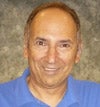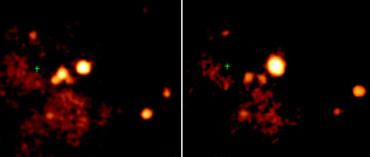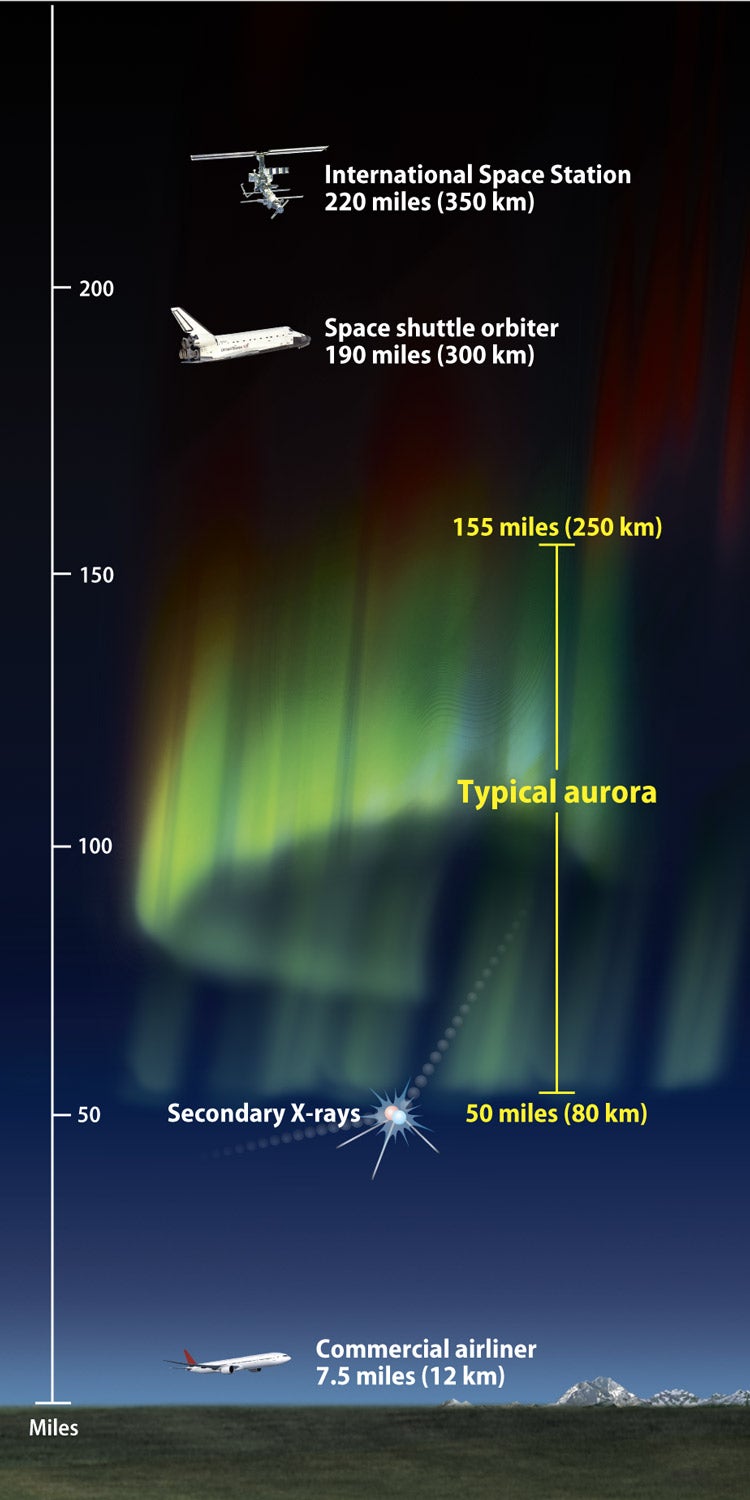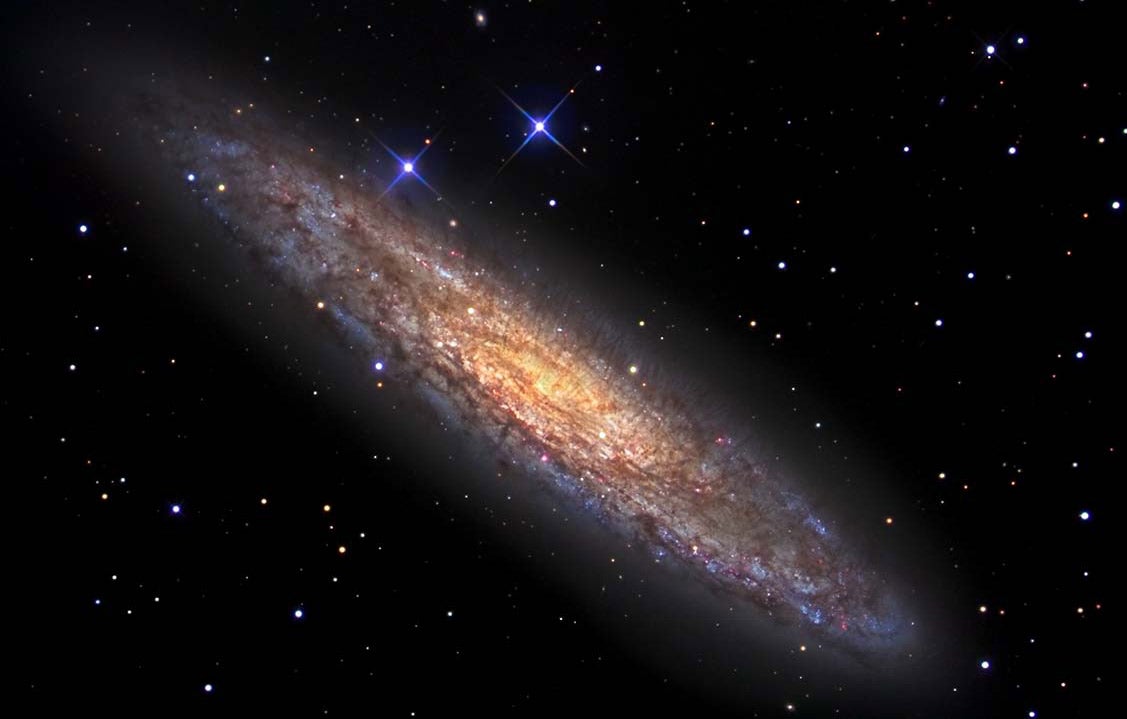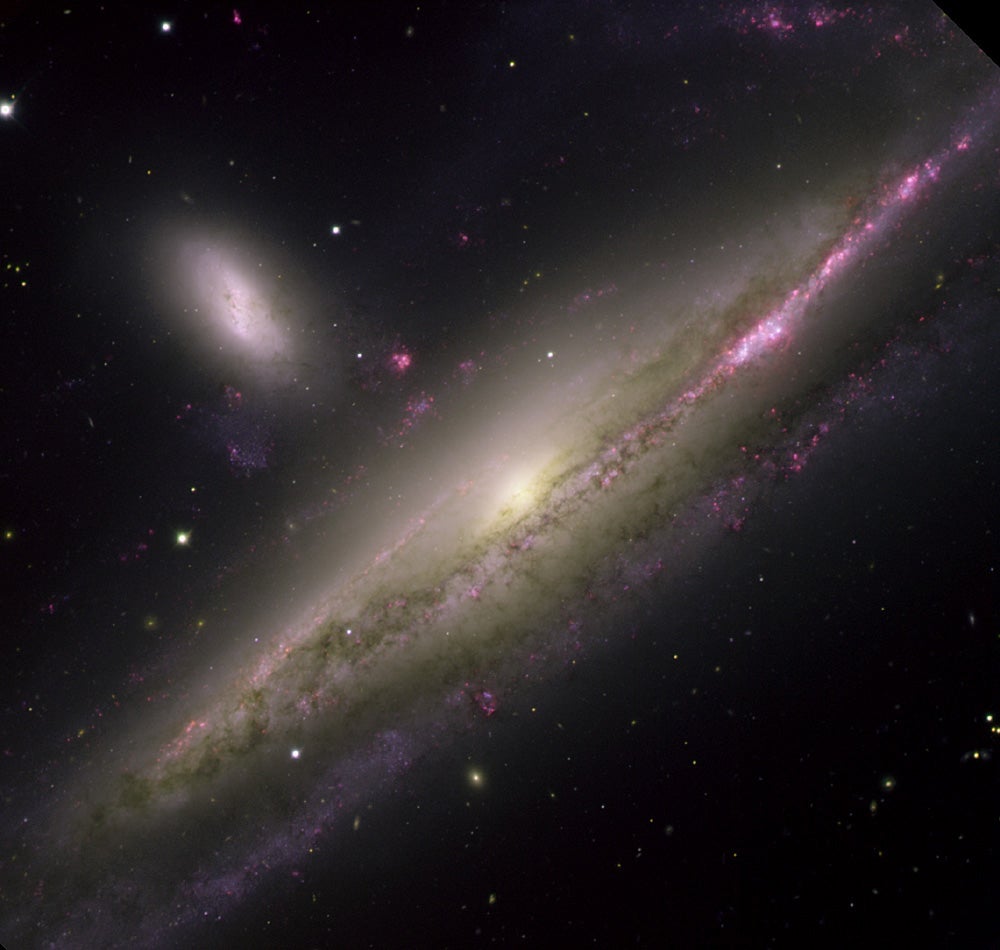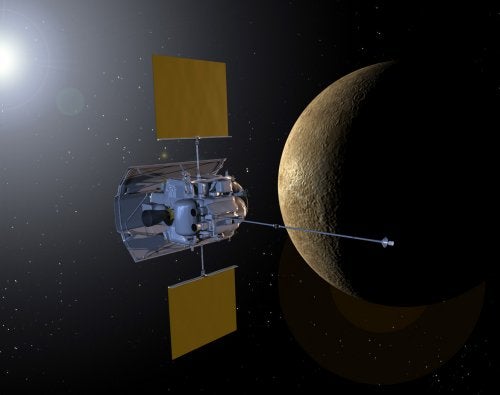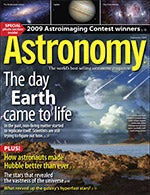
September 2009
The world's best-selling astronomy magazine offers you the most exciting, visually stunning, and timely coverage of the heavens above. Each monthly issue includes expert science reporting, vivid color photography, complete sky coverage, spot-on observing tips, informative telescope reviews, and much more! All this in an easy-to-understand, user-friendly style that's perfect for astronomers at any level.
Features
The day Earth came to life
At some point in the dim past, non-living matter started to replicate itself. Scientists are still trying to figure out how.
Web extra: Alternative chemistries for life
Ammonia, silicon, and hydrocarbons can theoretically support life.
What revved up the galaxy’s hyperfast stars?
Since 2003 astronomers have found 16 stars escaping the Milky Way’s gravity. The slingshot could be our galaxy’s central black hole.
Web extra: Getting a kick out of merging
A simulation shows how merging galaxies can fling stars to hypervelocities.
A new day dawns for Hubble
Shuttle astronauts installed two new instruments, fixed two older ones, and upgraded the space telescope’s gyroscopes and batteries.
The stars that revealed the vastness of the universe
Cepheids are pulsating variable stars that astronomers use to measure cosmic distances. They remain at the heart of solving key cosmic riddles.
Web extra: Track down the original Cepheid variable
The first known Cepheid variable star lies in the southeastern corner of Cepheus the King. Here’s how to find it.
Astronomy’s 2009 Astroimaging Contest
Amateurs accepted the challenge and sent us these dazzling images.
Web extra: Imagers capture the sky
See all the entries of the 2009 Astroimaging Contest.
10 tips for beginning astroimagers
Use these techniques to produce celestial images you’ll be proud to share with friends and relatives.
Departments
This month in Astronomy
Astro Confidential
Letters
Web Talk
Bob Berman’s Strange Universe
David H. Levy’s Evening Stars
Astro News
The Sky this Month
Ask Astro
Stephen James O’Meara’s Secret Sky
Glenn Chaple’s Observing Basics
New Products
Telescope Insider
Advertiser Index
Reader gallery
Deep-sky Showcase
The Cosmic Grid


